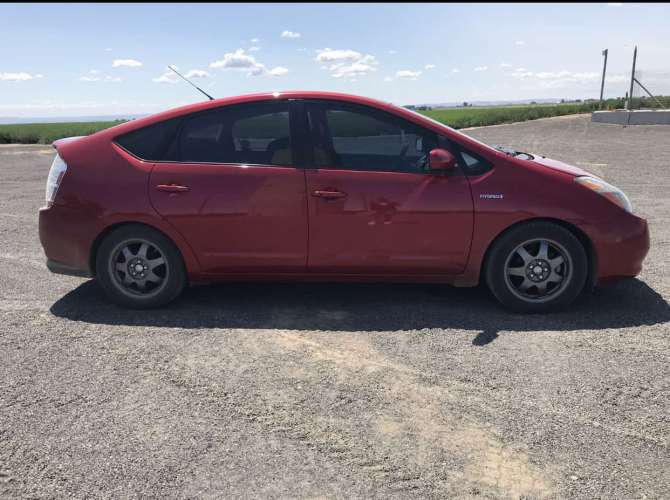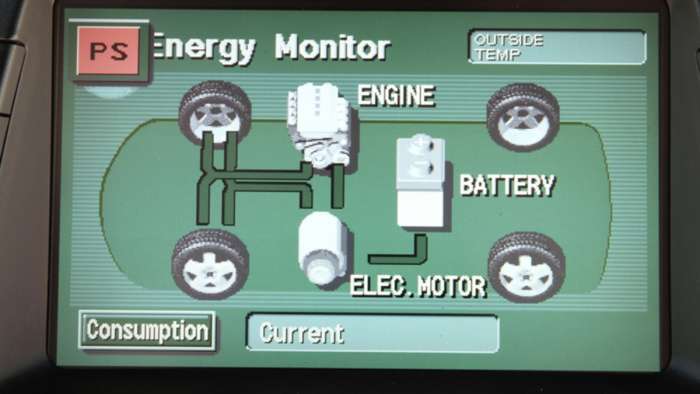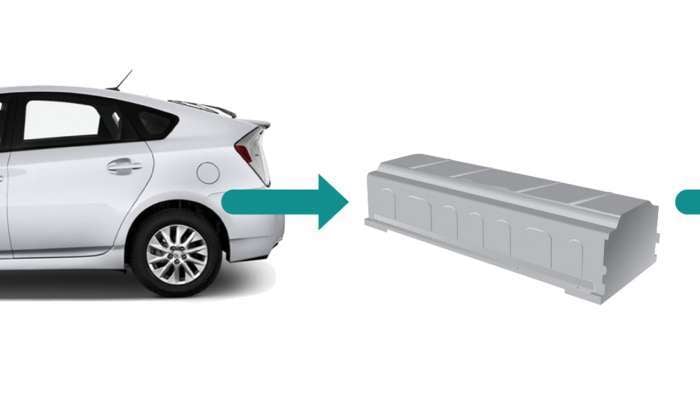When it comes to oddly satisfying things, I live for them. I enjoy a full tank of fuel, an entire cold beverage, warm clothes from the dryer, and the list goes on.
As a Prius owner, I have also found that a guilty pleasure I have is watching the battery meter hit full. Having this happen got me thinking. How charged is my battery? Can my Prius battery be bad and still show full? I began having all sorts of questions I had to answer.
I will start with the first question that came to my mind. When my battery shows full, is it wholly charged?
Determining A Fully Charged Prius Battery
Sad as it is, the battery level meter on our Prius is nothing more than a feel-good gauge for us. How do I know this? I am by trait, an analytical person. One of the reasons I started working with hybrids is because I was curious to know how they work. Once I figured some of that out, it was game over; I am hooked.

One of the things that we continuously have to fight is battery failure and preventative battery maintenance. I say both because I feel very strongly about maintaining the battery on our cars. Understanding how cells fail has led me to look at a lot of data, and I mean a lot.
For the past two years, I have owned 8 Prius cars and driven them all under varying conditions with batteries that came from all walks of life. I have studied how the battery charges, discharges, and why they fail. I have also learned that a fully charged battery is not always a good thing even though we think it is.
When most people think of a fully charged battery, they believe that it is good. With nickel-metal, though, a fully charged battery is not something we always want. Due to the nickel-metal characteristics, if we fully charge and discharge the battery fully, we will wear it out, and it will become useless.
We are taught to think that the battery level full is what we need to achieve for something to work right. For a flashlight, yes. For a cell phone, yes. For a hybrid no.

Toyota designed the battery to be "fully charged" at 80% and "fully discharged" at around 20%. Having the hybrid battery stay in this range allows it to be in a happy place where we can cycle it heavily for thousands of cycles without extreme failure.
However, Toyota knew that consumers would not want to see a battery meter that would only ever show 80% SOC. So when designing the car, "full" on our meter is 80%.
How I found this out is by using the Toyota Techstream tool, going to various hybrid training, and looking at data PIDS. The meter is misleading and will show full even though the battery is not complete.
My Battery Is Full, So It Is Healthy Right?
No. This question of a full battery being healthy could not be farther from the truth. A full battery only means one thing; it is at the set SOC (state of charge) that is computer-controlled.
Having a full battery can help you understand a few things about your Prius. First, if your battery quickly gets "full" when you drive, you need to pay attention to the next thing. How fast does it fall when you are accelerating?

If a battery meter falls and rises rapidly, it is weak. The cause for this is that the capacity of the battery has become minimized over time. If you want to know more about dendrites and battery failure, check out my other article here.
Conclusion
Having a full battery may seem neat, but in reality, it is not complete. If you want to know your actual SOC, use Dr. Prius, and look at the data. There are other data apps out there, too, but Dr. Prius is my personal favorite.
If you need help or have questions about battery life, feel free to hit me up on social media. Until next time!
Does A Redesigned Gen 3 Prius Intake Manifold Help With Cold Start Knock?
Watch this Toyota Prius truck with a cute little bed and click to subscribe to Torque News Youtube for daily automotive news analysis.
Peter Neilson is an automotive consultant specializing in electric cars and hybrid battery technologies. He holds a Bachelor of Science in Automotive Service Technology from Weber State University. Peter is also an Instructor of Automotive Technology at Columbia Basin College. Peter can be reached on Linkedin and you can tweet him at The_hybrid_guy on Twitter. Find his page on Facebook at Certified Auto Consulting. Read more of Peter's stories at Toyota news coverage on Torque News. Search Toyota Prius Torque News for more in depth Prius coverage from our reporters.













Comments
Like mentioned on other
Permalink
Like mentioned on other forums, dendrites are more of a thing in Lithium batteries.
NiMh batteries suffer more from memory loss, than dendrites.
When Toyota refused to repair
Permalink
When Toyota refused to repair the battery on my Prius the only 80,000 miles, the indicator showed all green happy bars. When accelerating the ICE immediately engaged because there was no battery power available. The 67hp ice was not safe but, Toyota said battery was still being managed and wasn't bad enough!
Studies done with Prius
Permalink
Studies done with Prius fleets have shown battery life good through 250-300K miles.
I have a 2005 Prius with 141…
Permalink
In reply to Studies done with Prius by Glenn (not verified)
I have a 2005 Prius with 141,000 miles on it. I noticed that the charge gauge was giving me more readings in the middle of the gauge. I called a reputable big battery called Green Tec
auto and they said that the batteries go out at 140,000 miles usually.
My old battery was not getting to the top that often so I figured the battery was not going to last much longer.
They said that they put all new batteries in the new battery for a 4 year warranty.
Now this new battery is so much inferior to my old battery by giving me low readings of 4 bars and staying in the middle of the gauge. My old battery stayed on the upper side of the guage almost all of the time.
The guy installing wrote 48 months for the warranty. That is bothering me when I thought that I paid the highest price of $2750 for new batteries and a 4 year warranty.
Did I get taken by having them install the lowest possible rebuilt battery with a minimum warranty which would have been around $15OO. I do not feel I got the new batteries like I paid for.
I have a 2004 Prius. The
Permalink
I have a 2004 Prius. The battery had at least one bad cell so I "reconditioned" the battery. That is, I took all the cells out and discharged and charged each one 3 times. 2 amps to drain and 2 amps to charge. I replaced three cells. It took a month. Now the battery is back in the car. The car runs fine. But the battery charge indicator of the car shows the battery charge at 80% and up to 100% all the time, Never less than 80%. How do I make the car let the battery discharge down to 40%?